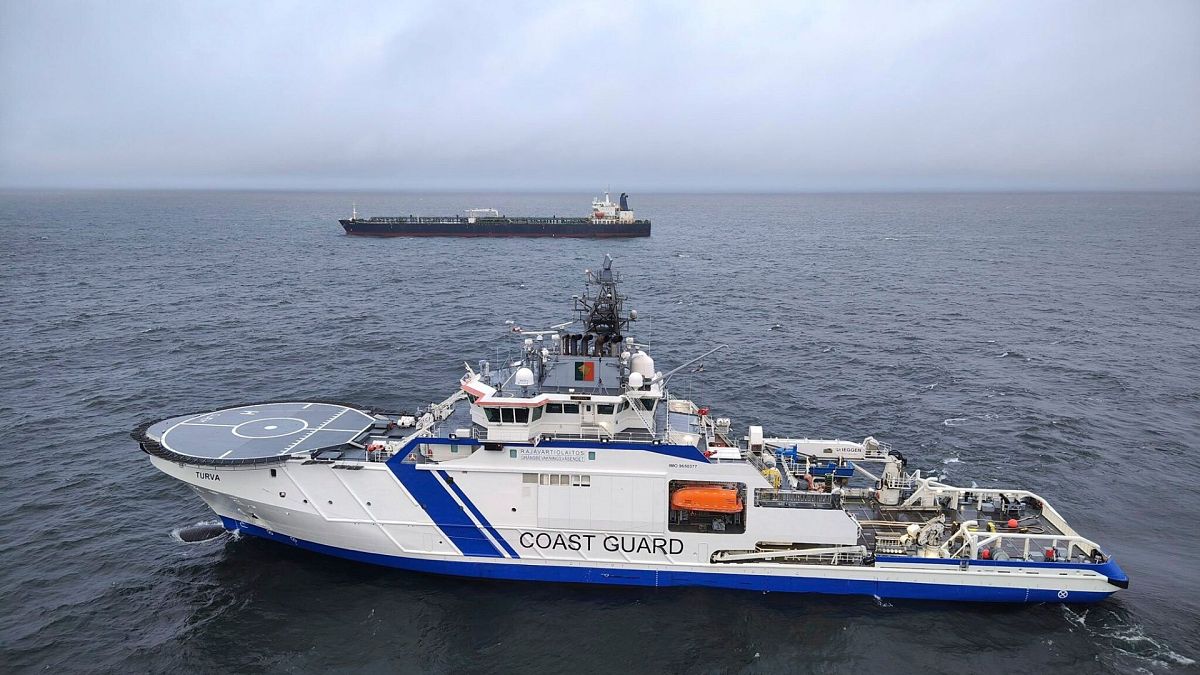The vessel, part of Russia’s shadow fleet of ageing tankers used to evade sanctions, faces charges including aggravated vandalism and interference with telecommunications.
Finnish authorities investigating damage to the Baltic Sea’s Estlink-2 power cable and multiple data cables have discovered an anchor drag mark on the seabed, and say they believe it was caused by a vessel linked to Russia.
The ship, already seized for examination, has been identified as the Eagle S, part of a fleet associated with evading Western sanctions on Russia.
The Estlink-2 cable carries electricity between Finland and Estonia. It suffered a rupture on 25 December. While the disruption had minimal impact on services, it came after earlier damage to two Baltic data cables and the Nord Stream pipeline, incidents that regional authorities have concluded were acts of sabotage.
Chief investigator Sami Paila revealed on Sunday that the anchor trail extended “dozens of kilometres, if not almost a hundred kilometres.”
“Our current understanding is that the drag mark in question is that of the anchor of the Eagle S vessel,” he said. “We have been able to clarify this matter through underwater research.”
Paila noted that investigators now have a preliminary grasp of the events leading to the drag mark, but emphasised that the intent behind the incident remains a critical focus of the ongoing probe.
On Saturday, the Eagle S vessel was escorted to an anchorage near the Finnish port of Porvoo to aid the investigation.
Finnish authorities are examining the vessel in connection with potential criminal charges, including aggravated interference with telecommunications, aggravated vandalism, and aggravated regulatory violations.
Although flagged in the Cook Islands, the vessel has been described by Finnish customs and the European Commission as part of Russia’s shadow fleet of ageing fuel tankers.
These vessels, acquired to bypass Western sanctions, operate without Western-regulated insurance and pose environmental risks due to their age and lack of oversight.
The damage to Estlink-2 has prompted NATO to intensify patrols in the Baltic Sea, according to the alliance’s secretary general, Mark Rutte.
Finland, which shares a 1,340-kilometre border with Russia, joined NATO in 2023, abandoning its longstanding neutrality in response to Russia’s invasion of Ukraine.
Additional sources • AP
Read the full article here


